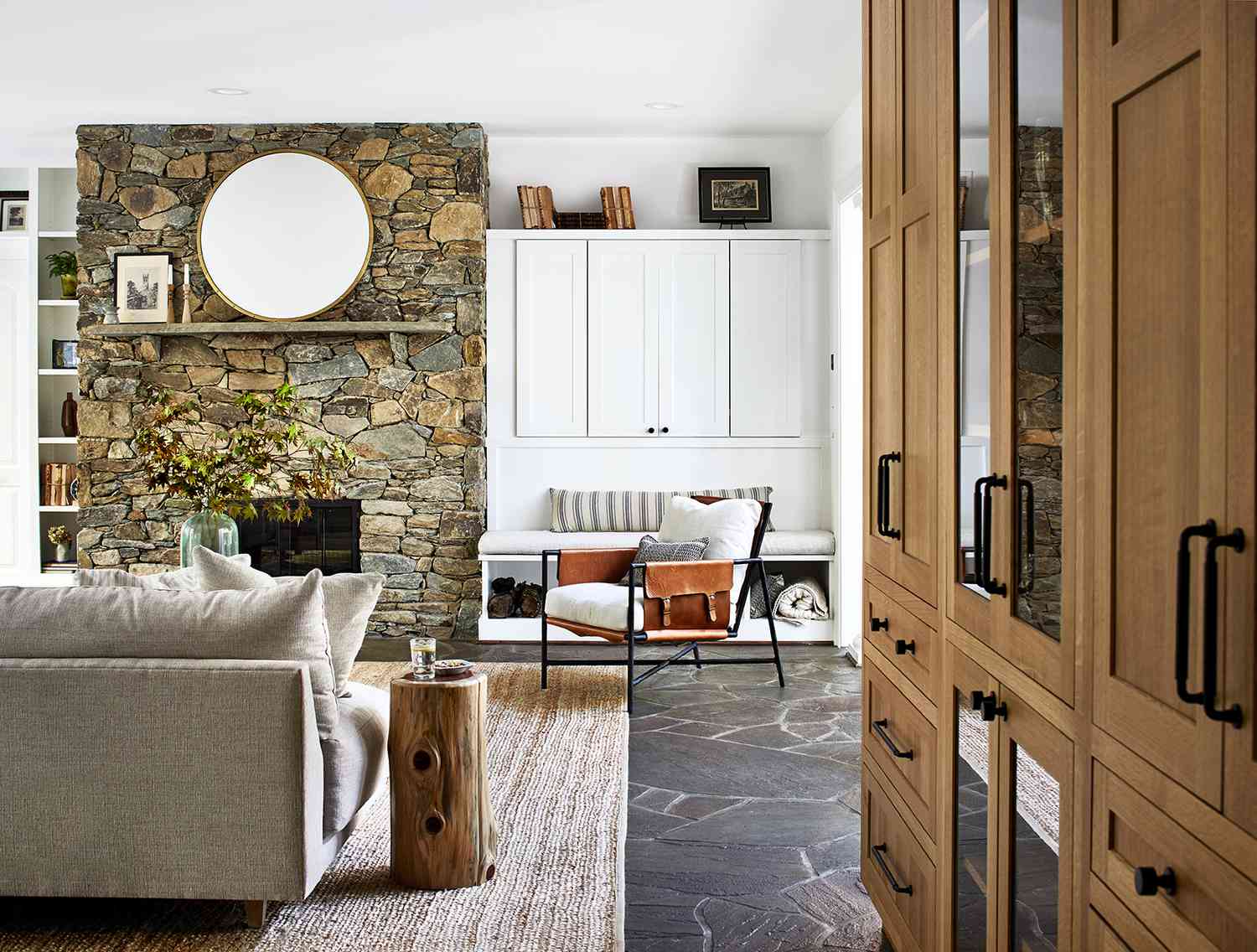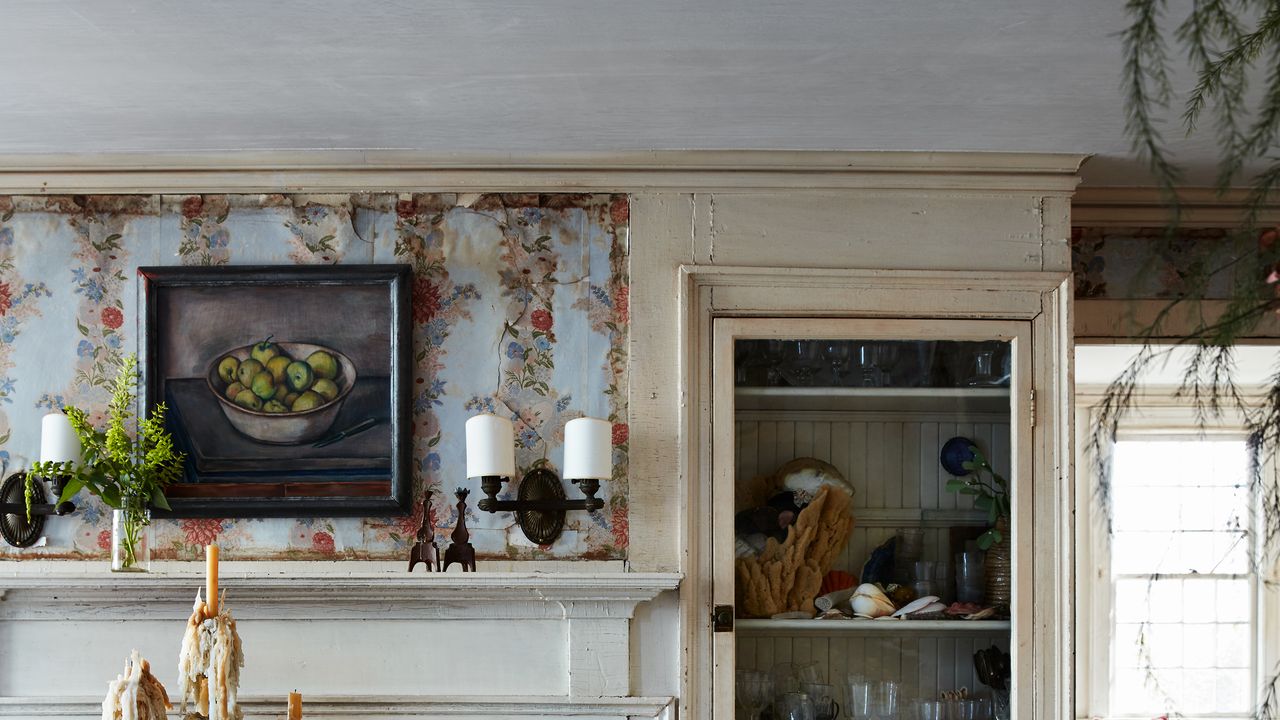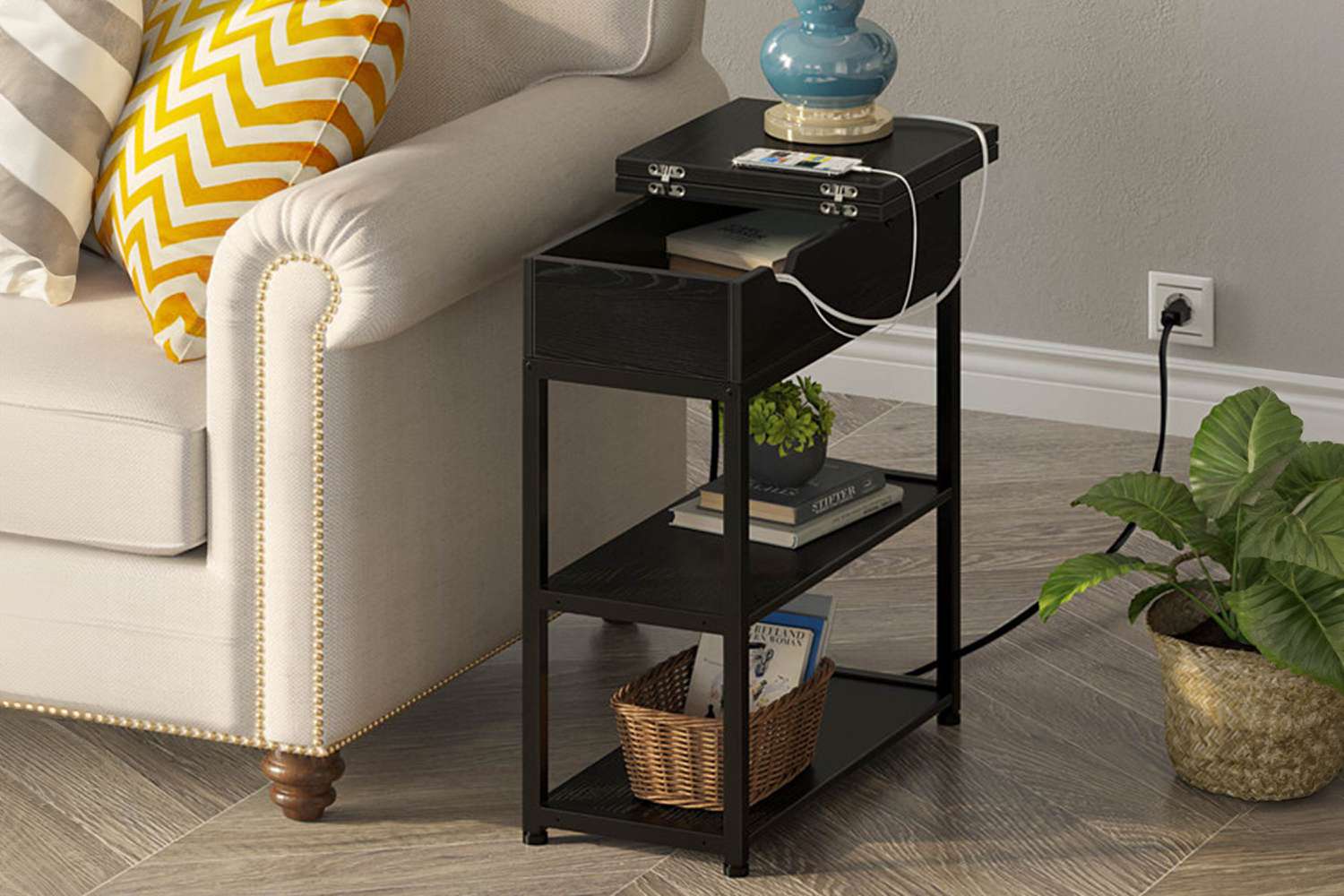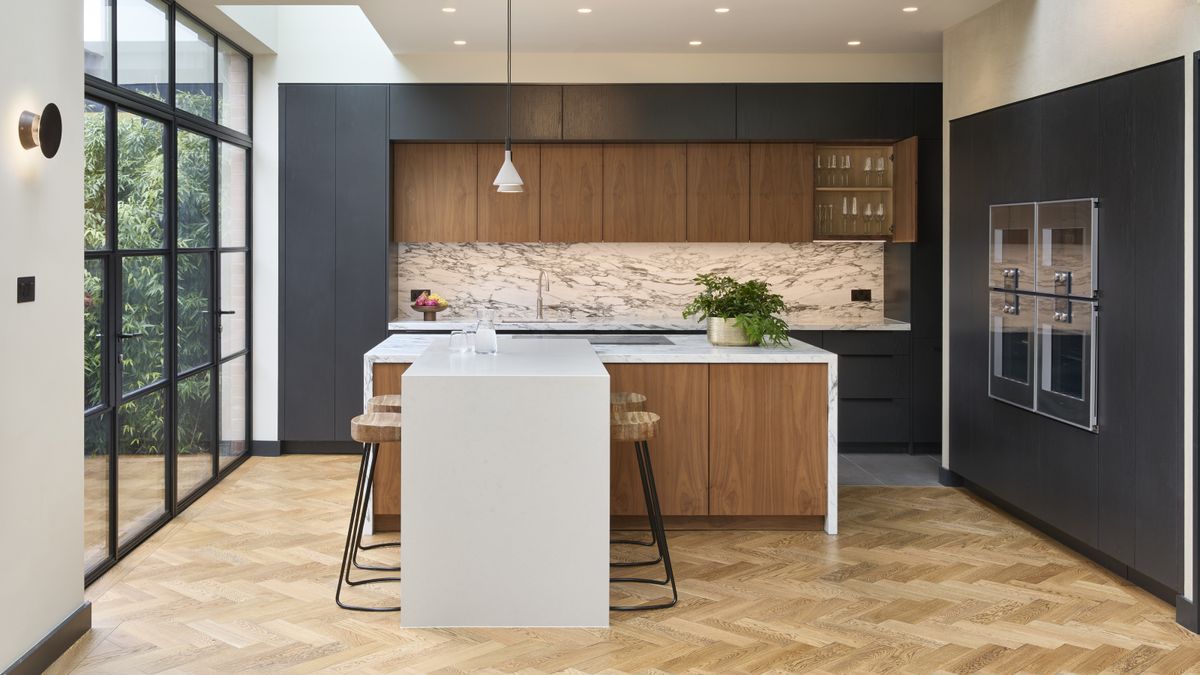
How to Design a Durable Home That Will Stand the Test of Time, According to Experts
Living in a durable home has always been a wishlist item and something that homeowners ask about before moving into a new abode. Now, in light of recent events, it’s become a non-negotiable. Catastrophic wildfires, floods, and hurricanes have thrown into sharp relief just how quickly homes can become irreparably damaged or even disappear.
Now, questions about how a home is built, what it’s made with, and how it will withstand the elements are more top-of-mind than ever. “A home is a living, breathing structure—one that evolves with its surroundings and endures for generations,” says Duan Tran, partner at KAA Design. “Future-proofing isn’t just about using strong materials—it’s about designing with purpose.”
Finding that purpose, and sticking with it, is imperative at every turn when building, buying, or renovating a home. Here’s everything the experts say you should know.
Go Natural
Building and designing with natural materials can be a wonderful option both for the environment and for the longevity of your home. “The key to durability, longevity, and dependability is natural products,” says interior designer Joe Waroquier. “I consistently depend on stone, brick, and other products that are stable and provide a solid structure while also providing a timeless aesthetic and outliving trends.”
Of course, not all natural materials will go the distance as well as others. Natural stone and granite are wonderful options that are non-combustible and fire-resistant options, but others, like wood, may not be as well-suited. If you still want this more organic look, designer and architect Jordana Maisie recommends treating any lumber with a special fire retardant.
“There’s also been renewed interest in earthen materials like cob, adobe, compressed earth block, rammed earth, and plaster,” says Maggie Lavender, partner at Kligerman Architecture & Design. “When properly reinforced, these structures can provide a safer solution.”
She also points to certain architectural styles, like Spanish Colonial Revival, as prime examples of durable—and fire-resistant—homes, as they’re built with concrete, stucco, and brick. “Alternatively, we may see the emergence of a new local vernacular—one that’s both robust and fireproof, and speaks to the dangers it faces,” Lavender adds.
Consider Durability
TimberTech
A home should be timeless in terms of its color palette, furniture, and lighting, but it should also stand the test of time from an endurance standpoint. Fire-resistant natural materials can be a great idea, but sometimes it’s better to go with building blocks that are specifically designed and engineered to weather the elements.
For interior designer Olga Naiman, who started building her house in an upstate New York forest in 2020, that meant careful consideration of every material that went into her new residence. “It took us so long to design, create, and build our house—we just didn’t want to lose it,” she says. “We wanted to do what we could and what was in our control.”
So, instead of designing a wood deck like she had originally planned, the interior designer opted for an outdoor space made with TimberTech, a composite decking that’s ignition-resistant and still looks and feels like natural wood—minus the splinters.
Other considerations that you should keep in mind include siding—fiber cement offerings from brands like James Hardie are both durable and fire resistant and will endure in case of disaster. Ultimately, what’s most important is not to cut corners, to do the research, and take your time when approaching every aspect of your home.
Keep It Clean
If you want your home to last for decades, it should also be kind to the environment—and to the well-being of those who live there. Fortunately, sustainability and durability often go hand in hand. For example, Alkemis paints are made with natural minerals and are nontoxic; they’re also non-flammable.
Another thing to consider is using building materials that will improve your air quality, both for day-to-day wellness and longevity. “Formaldehyde and benzene can be released into the air during a fire, but they also linger in the soil and buildings of fire-damaged areas,” says Lavender. “Selecting material with healthy indoor air can help mitigate the toxins left behind.”
Avoid Common Mistakes
There are many things that can go wrong when designing, building, or looking for a home—but you can help save yourself headaches down the line by keeping certain red flags top-of-mind. The first and perhaps most obvious is using low-quality building materials. “This can lead to faster deterioration, higher maintenance costs, and susceptibility to fire, moisture, and pests,” says Maisie.
Instead, do your research. Butler Armsden Architects, for instance, worked on a project that survived the California Nuns fire in 2017. Their advice? “Evaluate individual materials, but more importantly, focus on assemblies and strategies to create the most effective defensible space,” says Jason Schmidt, senior project manager.
Another primary consideration is the roof, which should be constructed using simple, aerodynamic materials like metal or tile, according to Maisie. Inappropriate construction or the wrong layout can lead to increased maintenance needs and even storm damage.
“By incorporating these strategies, we can create homes that are safer, more sustainable, and built to endure,” says Maisie. “Investing in these measures not only protects property, but also saves lives in extreme weather events.”










